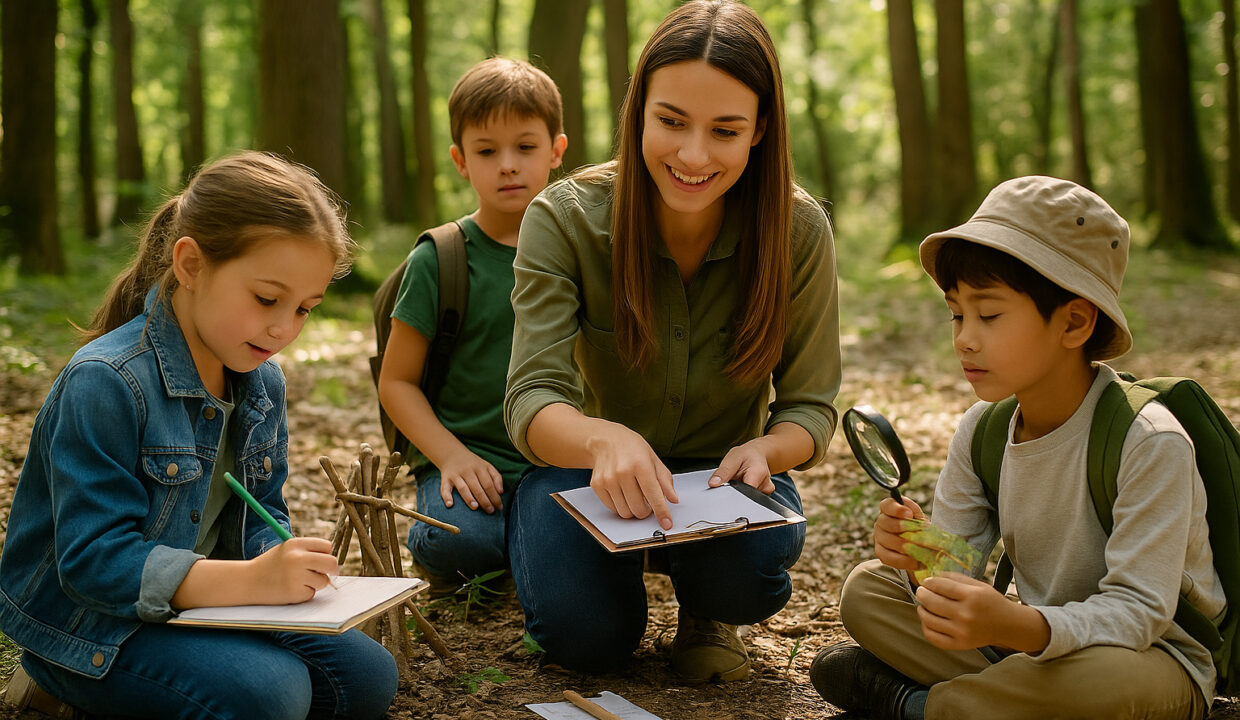
In a world increasingly dominated by screens and indoor learning, forest schools offer a refreshing alternative—education rooted in nature. This growing movement encourages children to learn through exploration, creativity, and interaction with the natural environment. Far from being just outdoor play, forest schools integrate hands-on experiences with emotional, social, and academic development, showing that nature truly can be the best teacher.
What Are Forest Schools?
Forest schools are outdoor-based educational programs where children spend significant time learning in natural environments like forests, parks, or gardens. Originating in Scandinavia, this approach emphasizes experiential learning rather than traditional classroom instruction.
Students engage in activities such as building shelters, identifying plants, or navigating trails—developing problem-solving skills, teamwork, and resilience in the process. The focus is not just on academic achievement but holistic growth, nurturing curiosity, independence, and confidence.
The Benefits of Learning in Nature
Studies have shown that time spent outdoors reduces stress, improves focus, and boosts creativity in children. Forest schools take this further by linking emotional well-being with learning outcomes.
When students climb trees, observe wildlife, or craft from natural materials, they’re engaging multiple senses—enhancing memory retention and cognitive flexibility. Teachers report that children who struggle in traditional classrooms often thrive in outdoor learning environments, where they feel free to move, explore, and express themselves.
Building Environmental Awareness Early
Forest schools also play a critical role in fostering environmental stewardship. Children who grow up appreciating nature are more likely to protect it as adults. Lessons often include sustainability themes like recycling, conservation, and biodiversity.
By connecting with nature early on, students develop empathy for living things and a deeper understanding of ecological balance—qualities essential for addressing future global challenges.
Integrating Forest Education into Modern Curricula
More schools worldwide are adopting forest school principals into their programs, combining outdoor sessions with standard subjects like math, science, and literacy. A lesson in geometry might involve measuring tree heights, while storytelling could happen around a campfire.
This hybrid approach bridges traditional education and experiential learning, equipping students with both academic knowledge and life skills such as adaptability, leadership, and critical thinking.
Conclusion
Forest schools remind us that learning doesn’t always require walls or whiteboards. By turning nature into the classroom, children develop confidence, curiosity, and care for the world around them. As education evolves, forest schools offer a powerful lesson of their own—sometimes, the best way forward is by stepping outside.

